Edtech, Equity, and Innovation: A Critical Look in the Mirror
Digital Promise
APRIL 23, 2019
When schools persistently graduate less than half of their students of color and students with disabilities, we call those schools dropout factories. When an educator is unprepared and unable to access high-quality resources to meet our unique learners’ needs, the system penalizes the educator. Let’s start a movement.


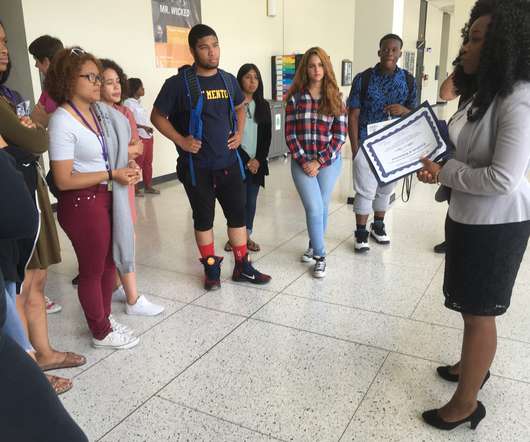


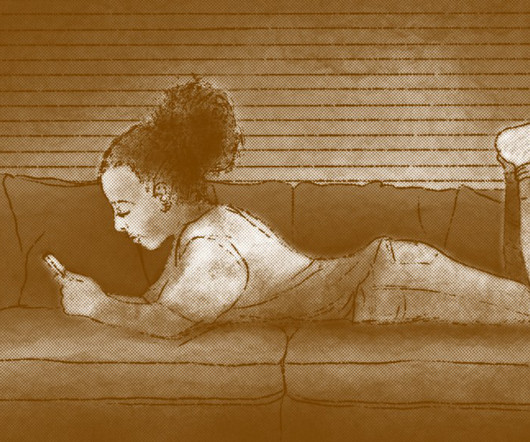






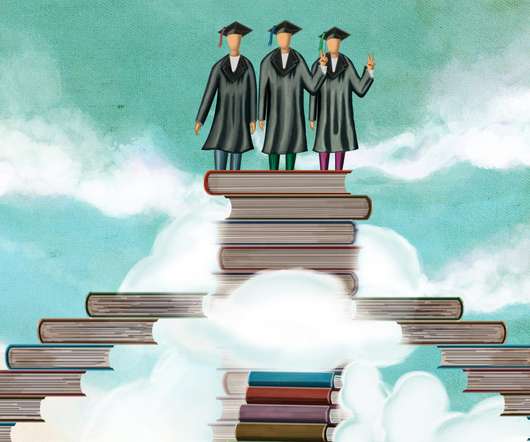




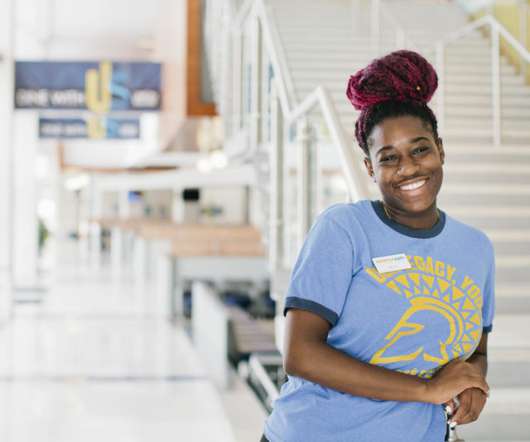

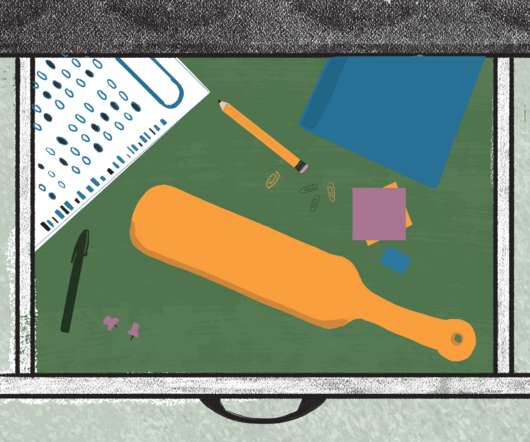












Let's personalize your content